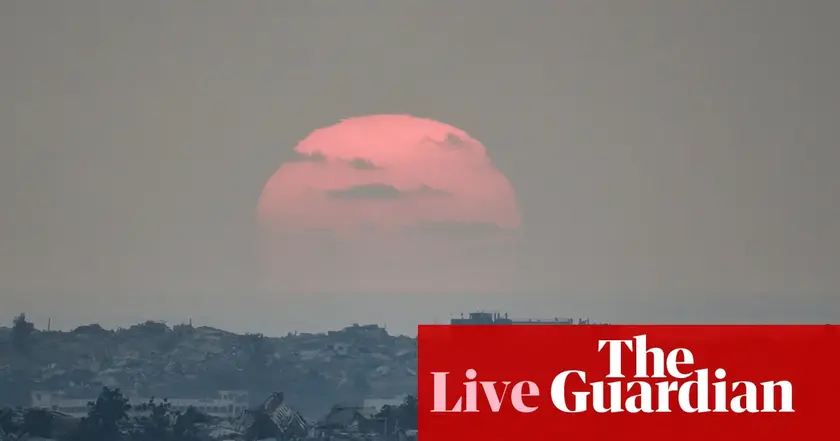T4K3.news
Southeast Wisconsin floods trigger emergency response
Historic floods across Milwaukee and surrounding counties prompt emergency declarations as National Guard assists and power restoration begins.

Historic floods over the Aug. 9–10 weekend forced emergency declarations and a multiagency cleanup across Milwaukee and nearby communities.
Southeast Wisconsin Flooding Triggers Emergency Response and Recovery Efforts
Historic flash flooding overwhelmed parts of southeast Wisconsin over Aug 9 and 10, washing through Milwaukee, Wauwatosa, Waukesha and surrounding areas. Counties declared states of emergency and Governor Evers approved National Guard assistance as rivers rose and flood warnings remained in effect. Streets were flooded, many roadways closed, and residents faced power and water outages as crews scrambled to respond.
In Milwaukee and neighboring counties, homes and vehicles suffered damage while dispatch centers logged hundreds of calls for help. Milwaukee County officials issued an emergency declaration, and utility crews worked around the clock to restore services. The Milwaukee Metropolitan Sewerage District said its deep tunnel was near capacity and initiated a combined sewer overflow late Saturday to relieve pressure, releasing a mix of untreated sewage and stormwater into waterways. Cleanup centers opened for flood victims, and residents were advised to avoid floodwaters and follow official guidance.
Key Takeaways
"All the neighbors have been great. Very willing to help. All our family has been willing to step up. Good to see that part."
Resident in Milwaukee describing community response to the flood
"This is all material stuff to us. It's that everybody made it out of there safe and sound. The fire department was very fast, they had boats to evac us out."
Flood victims describing evacuation and perspective on loss
"We have 14 inches of rain in this location, which is an intense amount in a short period of time."
Milwaukee official explaining rainfall scale and flood severity
The flood event exposes the pressure points in urban water systems when rapid rainfall tests aging infrastructure. It underscores the importance of readiness, rapid coordination, and clear communication to keep residents safe as streets flood and transit options vanish.
Officials must reconcile immediate public health needs with environmental safeguards when overflow events are used to prevent worse damage. The episode also highlights the political and budget questions that follow such disasters, including funding for resilience projects and maintenance of aging sewer and stormwater networks. How leaders allocate scarce resources now could shape future flood defenses and the pace of rebuilding in affected neighborhoods.
Long term, communities will expect a transparent plan that translates emergency response into durable, equitable improvements, so vulnerable residents are less exposed to future deluges.
Highlights
- Neighbors helping one another is the real flood response
- Water arrived fast, courage rose faster
- We will rebuild, one street at a time
- Safety first, recovery next, always
Budget and political risks tied to flood response
The flooding highlights potential political and budget pressures around funding for resilience, infrastructure upgrades, and ongoing recovery. Public scrutiny may rise over preparedness and the pace of repairs in affected neighborhoods.
Recovery will take time, and resilience must guide the next steps.
Enjoyed this? Let your friends know!
Related News
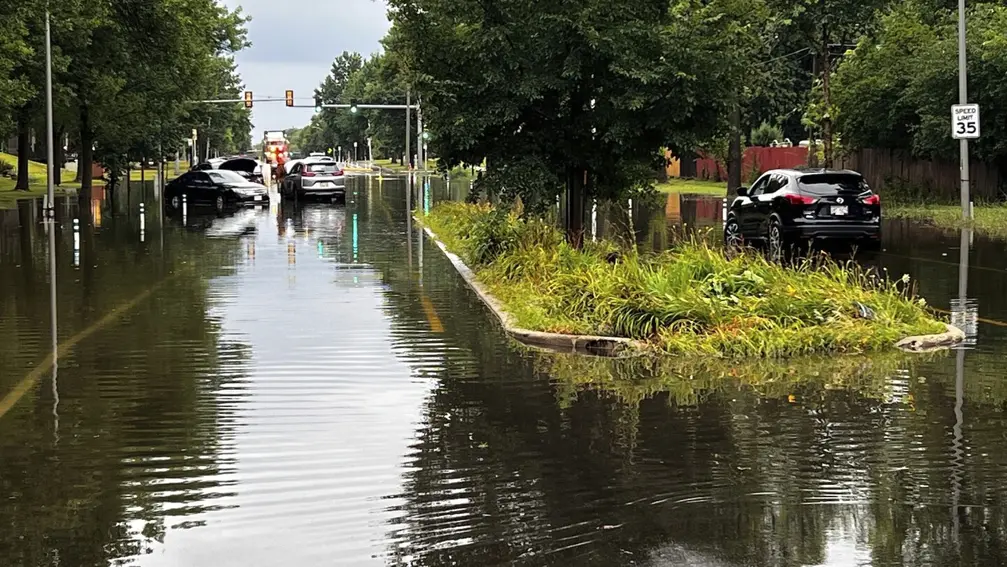
Midwest floods disrupt Wisconsin events

Weather disrupts Wisconsin State Fair
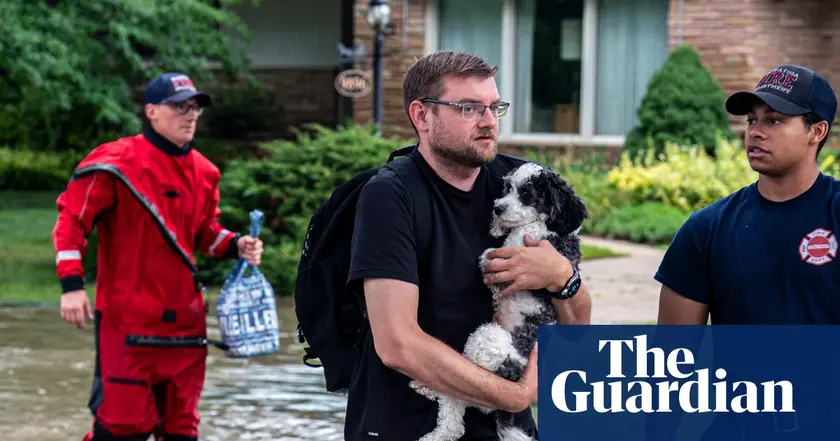
Midwest Floods Prompt Warnings and Cancellations
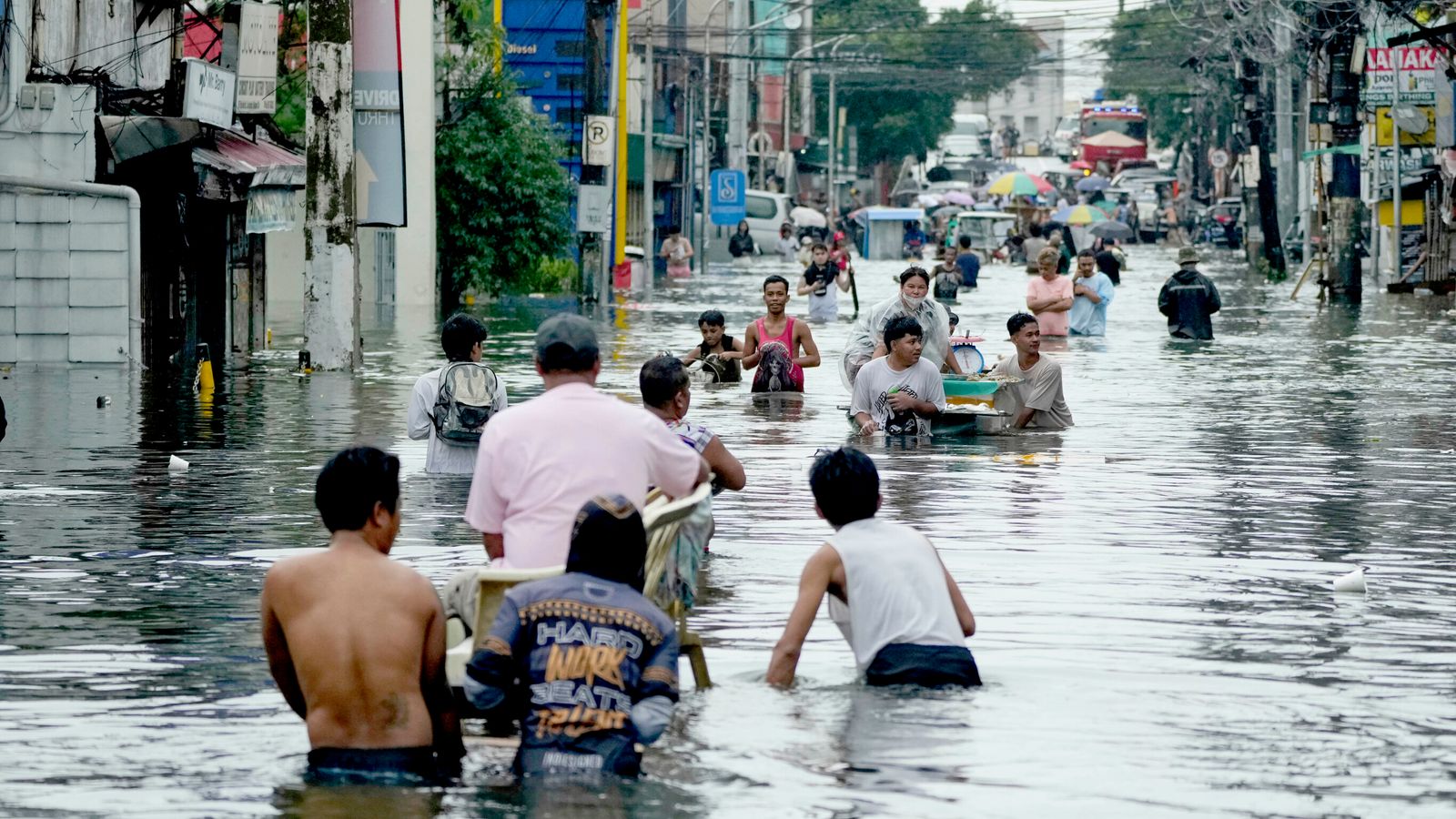
Typhoon Co-may leaves at least 25 dead in the Philippines
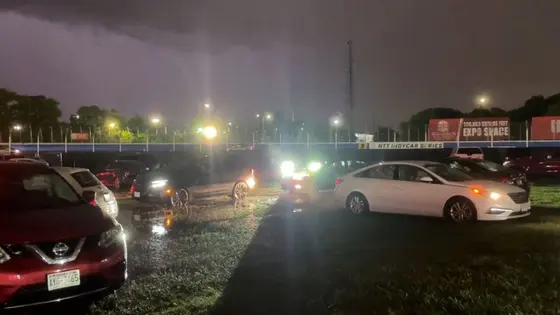
Milwaukee flood hits fair and airport

Supervolcano eruption may threaten global civilization
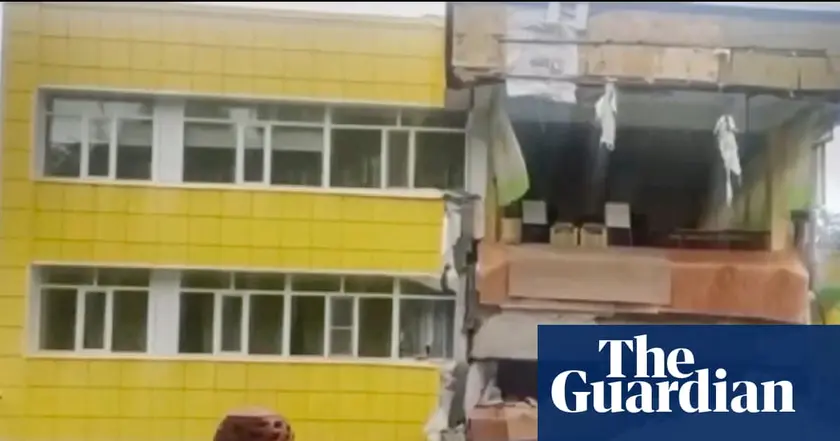
8.8-magnitude earthquake prompts global tsunami warnings
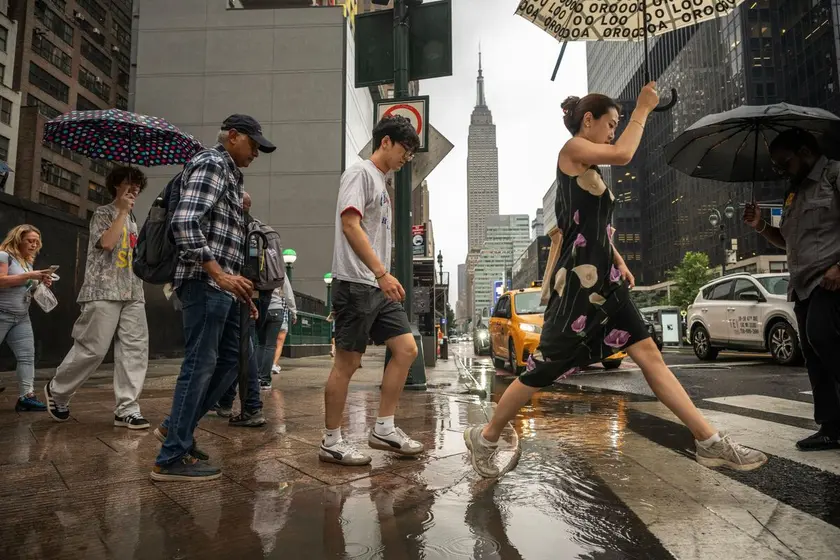
Severe Weather Causes Major Transit Disruptions in NYC
